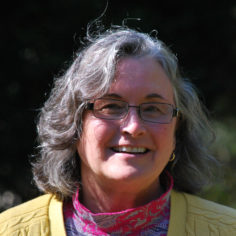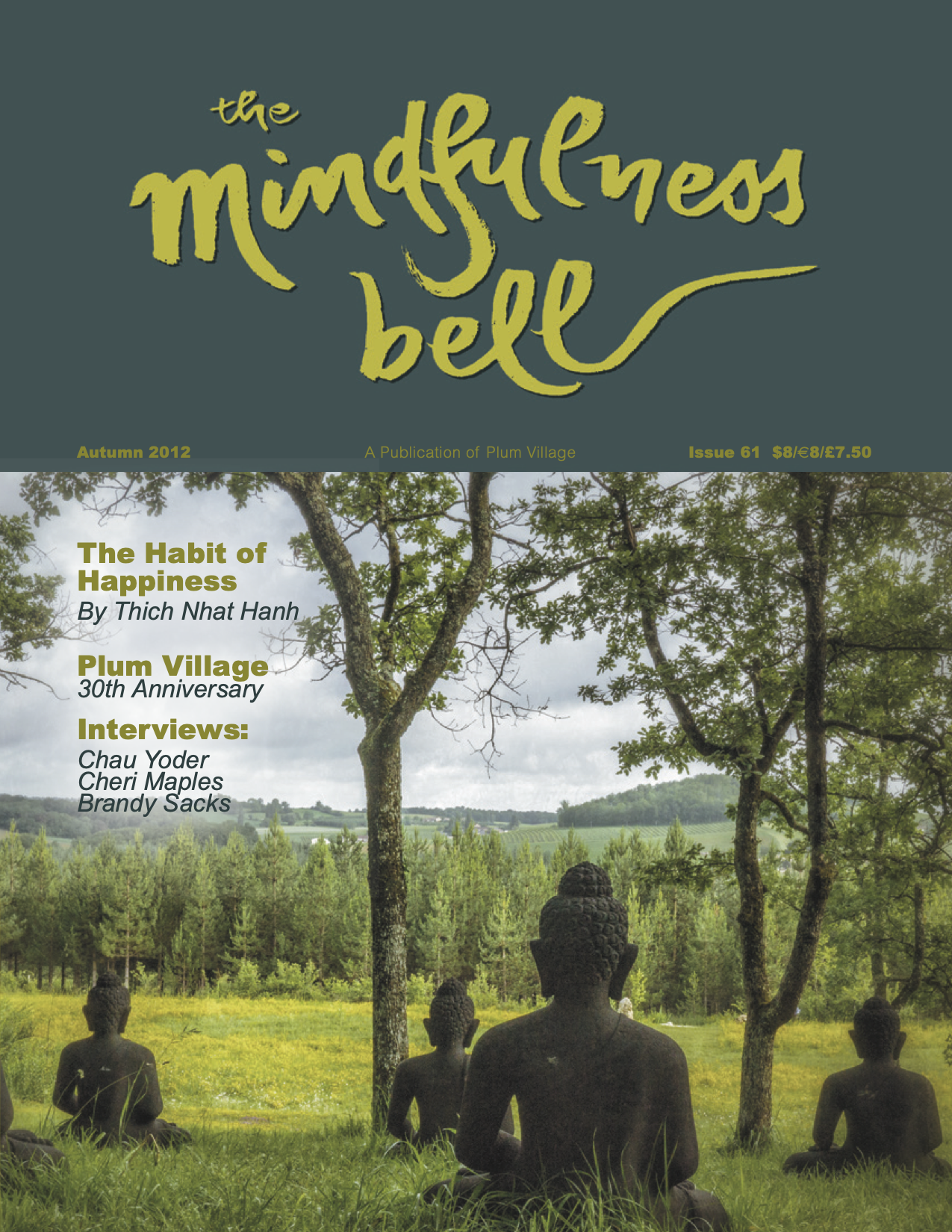Lamp Transmission at Deer Park Monastery
By Leslie Rawls in October 2012
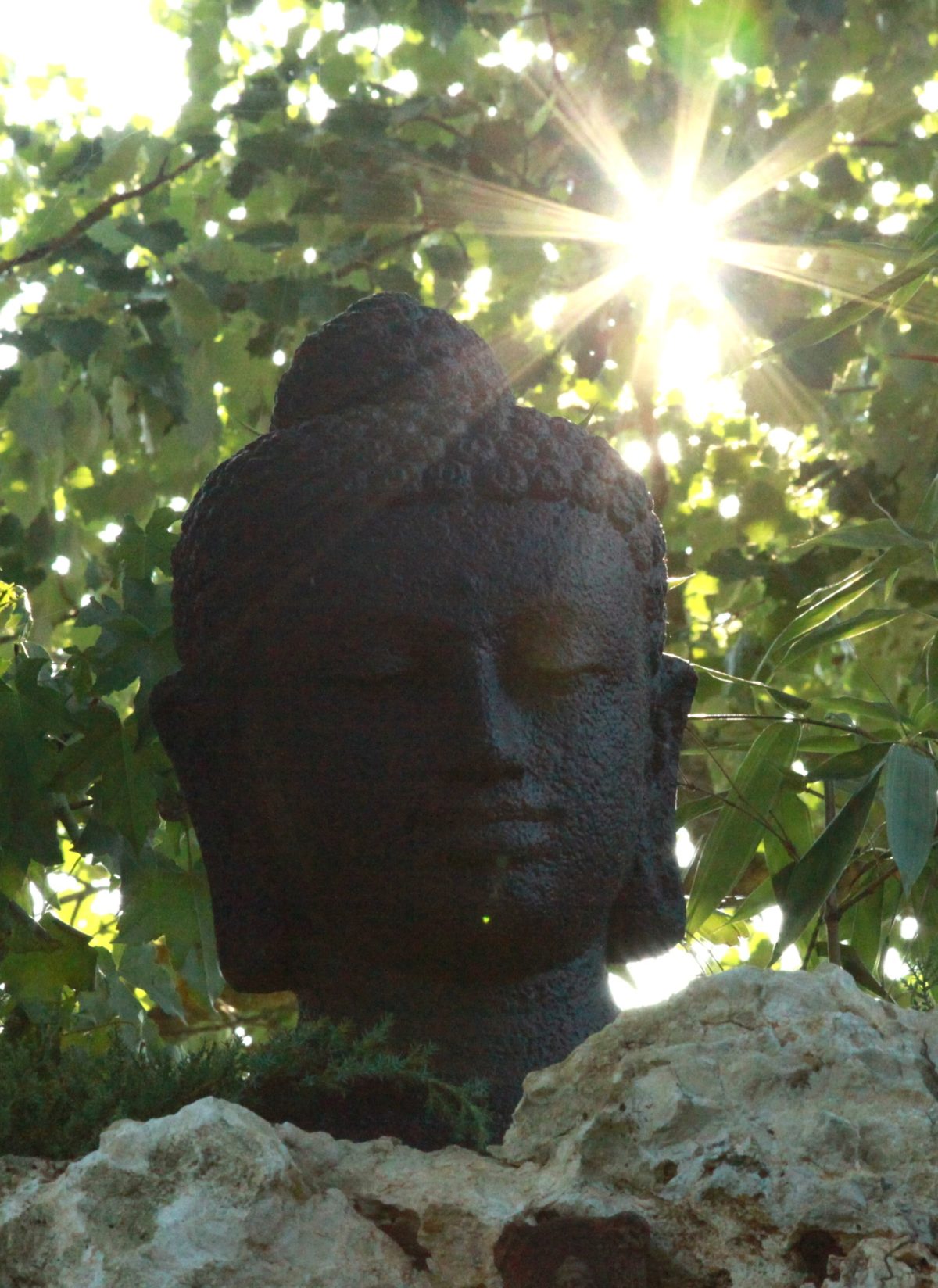
It was late March 2012 at Deer Park Monastery in Escondido, California. Outside, wind and rain lashed the trees and rattled the Ocean of Peace Meditation Hall doors. Inside, lay and monastic friends gathered to celebrate the monastery’s first Lamp Transmission Ceremony, the blossoming of new lay and monastic Dharma teachers in North America.
Lamp Transmission at Deer Park Monastery
By Leslie Rawls in October 2012

It was late March 2012 at Deer Park Monastery in Escondido, California. Outside, wind and rain lashed the trees and rattled the Ocean of Peace Meditation Hall doors. Inside, lay and monastic friends gathered to celebrate the monastery’s first Lamp Transmission Ceremony, the blossoming of new lay and monastic Dharma teachers in North America.
A Lamp Transmission ceremony is an encouragement from teacher to student, formally inviting the student to teach. During the ceremony, the transmitting teacher invites each prospective Dharma teacher forward one by one with the words: “The Sangha is calling ______.” The prospective teacher and her two attendants approach the transmitting teacher, who is seated on a platform. With the sounds of the bell, they bow to Buddhas and bodhisattvas. Then they kneel directly in front of the teacher, with the attendants slightly behind.
The prospective Dharma teacher reads an insight verse that reflects her understanding. Often the verse is rolled up and tied with a beautiful ribbon or strand of grass. The transmitting teacher may reread the verse and comment briefly, accepting it on behalf of the ancestors. Then, the transmitting teacher responds to the insight verse by reading a verse from the Lamp Transmission certificate. The teacher hands the certificate to the new Dharma teacher, who passes it to one attendant. The second attendant hands an unlit lamp to the new teacher, having picked up the lamp as they approached the platform. The new teacher offers the lamp to the transmitting teacher. He lights a long stick of incense from his large Dharma lamp and uses it to ignite the new Dharma teacher’s lamp, raising awareness of continuation: one flame or two?
Historically, our teacher Thich Nhat Hanh (Thay) has transmitted Lamps to new Dharma teachers. But in March, Thay was in Plum Village. The Most Venerable Thich Phuoc Tinh and the Venerable Thich Tu Luc were the transmitting teachers in joyful ceremonies that evoked Thay’s own presence in the transmission and reminded us of the Sangha’s involvement.
The Ocean of Peace Meditation Hall had two platforms for the transmitting teachers. The slightly higher one held an empty cushion for Thich Nhat Hanh. Thich Phuoc Tinh and Thich Tu Luc sat on a platform just in front of Thay’s cushion. Offering fourfold community support, lay and monastic Dharma teachers sat in crescent-shaped rows to the right and left of the open area at the front of the hall where the transmissions occurred. Each Dharma teacher in the rows had a lit candle, which he or she raised as the transmitting teacher lit the new Dharma teacher’s lamp and passed it on. Family and friends rounded out the warmth of the hall.
The presence of loved ones, a particularly special part of the Deer Park ceremonies, was possible because the transmissions were in California. Traveling to and practicing in Plum Village is wonderful, yet it can be expensive. It may be difficult for loved ones to leave work and for children to get out of school for the trip, even for an event as special as a Lamp Transmission ceremony.
With so many loved ones able to come to Deer Park, we could offer a unique welcome to the new Dharma teachers. The night before their transmission ceremonies, we asked the new teachers to meet at the office for some “last minute paperwork.” It was a loving ruse. Several other friends met them at the office, and then took them on a trust walk—eyes closed, trusting their friends to guide them—to the small meditation hall. There, family and friends had gathered in a circle around some chairs. The guides took each prospective Dharma teacher, eyes closed, to a chair in the middle and carefully guided them to sit. When the seats were filled, we sang “Dear Friends” to our soon-to-be teachers as they opened their eyes. We enjoyed an informal tea ceremony as the prospective teachers introduced themselves and their loved ones to the circle of friends.
The next day, the meditation hall glowed with lamps and with the loving hearts of many family members and friends who came to support and celebrate. Several family members and partners were assistants for their loved one’s ceremony. When I spoke with the new Dharma teachers afterward, gratitude for having their loved ones with them came up again and again. The warmth and love inside the hall that day seemed the perfect setting, even with the wind howling its song outside.
The new Dharma teachers are: Chan Phap Nha, Kenley Neufeld, Jo-ann Rosen, Sr. Chan Dong Doan, Br. Chan Phap Tuyen, Sr. Chan Tanh Nghiem, Karen Hilsberg, John Salerno-White, Ha Phan, Anthony Silvestre, Terry Cortes Vega, Jim Scott Behrends, Br. Chan Man Tue, and Sr. Chan Ung Nghiem.
Most Venerable Thich Phuoc Tinh
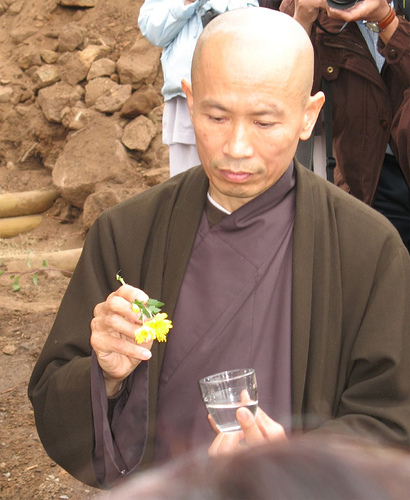
The Most Venerable Thich Phuoc Tinh was born in 1947 in Dong Thap, Vietnam, to a family of rice farmers. His father was shot and killed while farming during what is called in Vietnam the American War. At that time, the Most Venerable was a boy and he somehow managed to escape injury, although he was present in the rice paddies on that day. The Most Venerable continued to farm rice and support his family until 1962, when his mother gave him permission to ordain as a novice monk at a Buddhist temple. He received full ordination as a bhikhu in 1972 and then went to Saigon to study at Phat Quang University from 1972-1973. The Most Venerable received full ordination in 1980 and became abbot at the Temple of the Bodhisattva of Compassion (Quan The Am) in Da Lat in 1993. After spending his life in Vietnam, he was invited by Zen Master Thich Nhat Hanh to live at Deer Park Monastery in Southern California in 2001. He began to offer teachings in Vietnamese to monastic and lay practitioners in San Diego County, Orange County, and Los Angeles County, and at Deer Park in Escondido, where he continues to reside. Collections of his talks in English are presented in Be Like A Tree: Zen Talks by Thich Phuoc Tinh and The Ten Oxherding Paintings: Zen Talk by Thich Phuoc Tinh. He is also the author of two books in Vietnamese, one on the Forty-Two Chapters Sutra and one of Dharma talks sharing wisdom for everyday life.
Venerable Thich Tu Luc
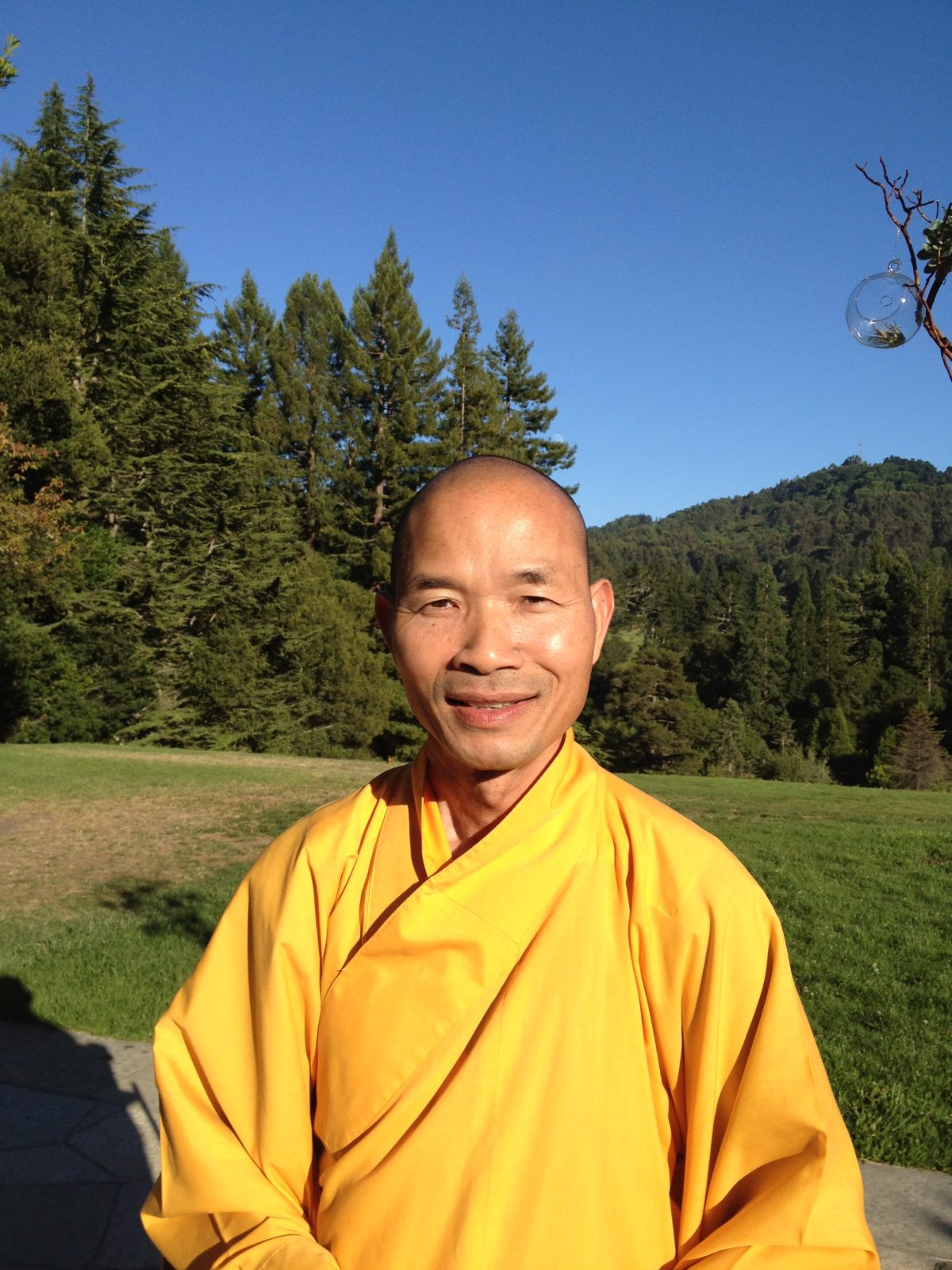
The Venerable Thich Tu Luc was born in 1955, in Hue, Vietnam, to a traditional Buddhist and Confucian family. In 1975 he went to the U.S. as a refugee. In 1977 he became a Buddhist monk as a student of the Most Venerable Thich Tinh Tu, now the abbot of Kim Son Monastery in Watsonville, California. In 1983 the Venerable received the Ten Monastic Precepts at the Vietnam pagoda in Los Angeles, and in 1985 he received Full Ordination at the Grand Vow Ceremony at Kim Quang pagoda in Sacramento. He received the Dharma Teacher’s Lamp Transmission from Zen Master Thich Nhat Hanh in 1994. Thay Tu Luc graduated from San Francisco State University with a bachelor’s degree in Library Management and Creative Arts. In 1998, he completed the Church Operations Certificate Program at University of the Pacific, Stockton. He founded the Hayward Buddhist Center in 1986 and the Compassion Meditation Center in 2000. Just recently, in June 2012, he founded the Wisdom Dharma Center in Vacaville, California. He also formed an English-speaking Sangha called the Four-Fold Sangha, which has met weekly for many years. Thay Tu Luc was one of the founders of the three Buddhist Youth groups in Northern California. The Venerable published One Hundred Poems, a collection of spiritual poems from various authors, in 1990. He wrote and published Looking Back Deeply (Lang Long Nhin Lai) in 1999, Deep Love of Buddhist Youth Organization (Dam Net Tinh Lam) in 2005, Love for the Path and Gratitude for Life (Tinh Dao, Nghia Doi) in 2007, and Why I Became a Monk (Tai Sao Toi Di Tu) in 2008.
